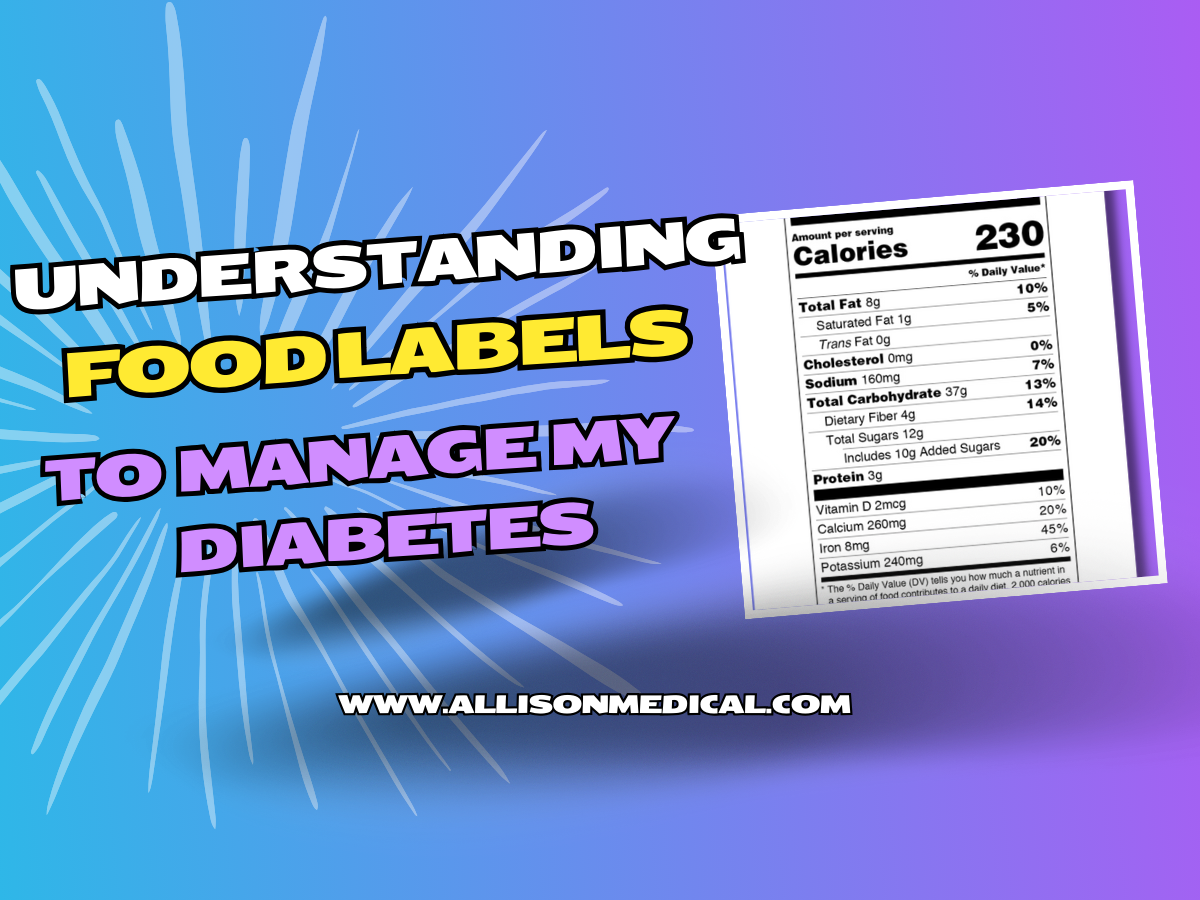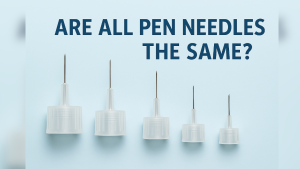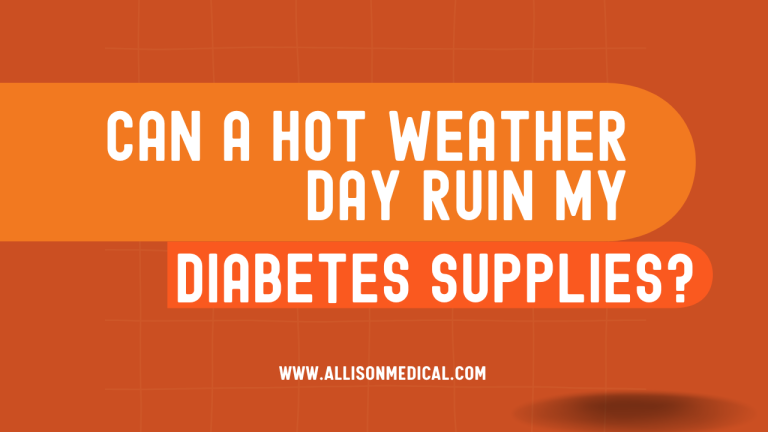Be sure to talk to your healthcare professional before making any treatment changes.
Reading food labels is an essential skill for managing diabetes, as it helps you make informed choices about what you eat and how it affects your blood sugar. Here are key things to look for on food labels to help you better manage your diabetes.
1. Serving Size
Start by checking the serving size, which tells you the amount of food that the nutritional information applies to. It’s important to compare your actual portion to the serving size listed, as eating more than one serving can significantly increase your intake of carbohydrates, calories, and other nutrients that affect blood sugar.
2. Total Carbohydrates
The total carbohydrate count is crucial for managing blood sugar levels. This includes sugars, starches, and fiber. Pay close attention to this number, as carbohydrates have the most direct impact on blood sugar. Generally, aim for whole foods with complex carbohydrates, which are digested more slowly, helping to prevent spikes in blood sugar.
3. Sugars
Under total carbohydrates, look at the sugars section. This includes both natural sugars (from fruit or milk) and added sugars. Foods with added sugars can quickly raise blood sugar levels, so it’s important to limit them. Look for products with little or no added sugars, especially those labeled “no added sugar.”
4. Fiber
Fiber is essential for blood sugar control because it slows down the absorption of sugar. Higher-fiber foods (like whole grains, fruits, and vegetables) can help maintain more stable blood sugar levels. Aim for at least 3-5 grams of fiber per serving.
5. Fats and Sodium
While fats don’t directly affect blood sugar, trans fats and excessive saturated fats can increase the risk of heart disease, a common concern for people with diabetes. Also, limit sodium intake to help control blood pressure, which is crucial for diabetes management.
6. Calories
Keeping track of calories can help with weight management, which is especially important for Type 2 diabetes. Choose nutrient-dense foods that provide vitamins and minerals without excess calories.
By paying attention to serving size, carbohydrates, sugars, fiber, and unhealthy fats, you can make more diabetes-friendly food choices that help stabilize blood sugar and support overall health.
References:
1. American Diabetes Association. (2024). *Reading Food Labels*. Retrieved from [diabetes.org]
2. Mayo Clinic. (2024). *Diabetes Diet: How to Read Food Labels*. Retrieved from [mayoclinic.org]









